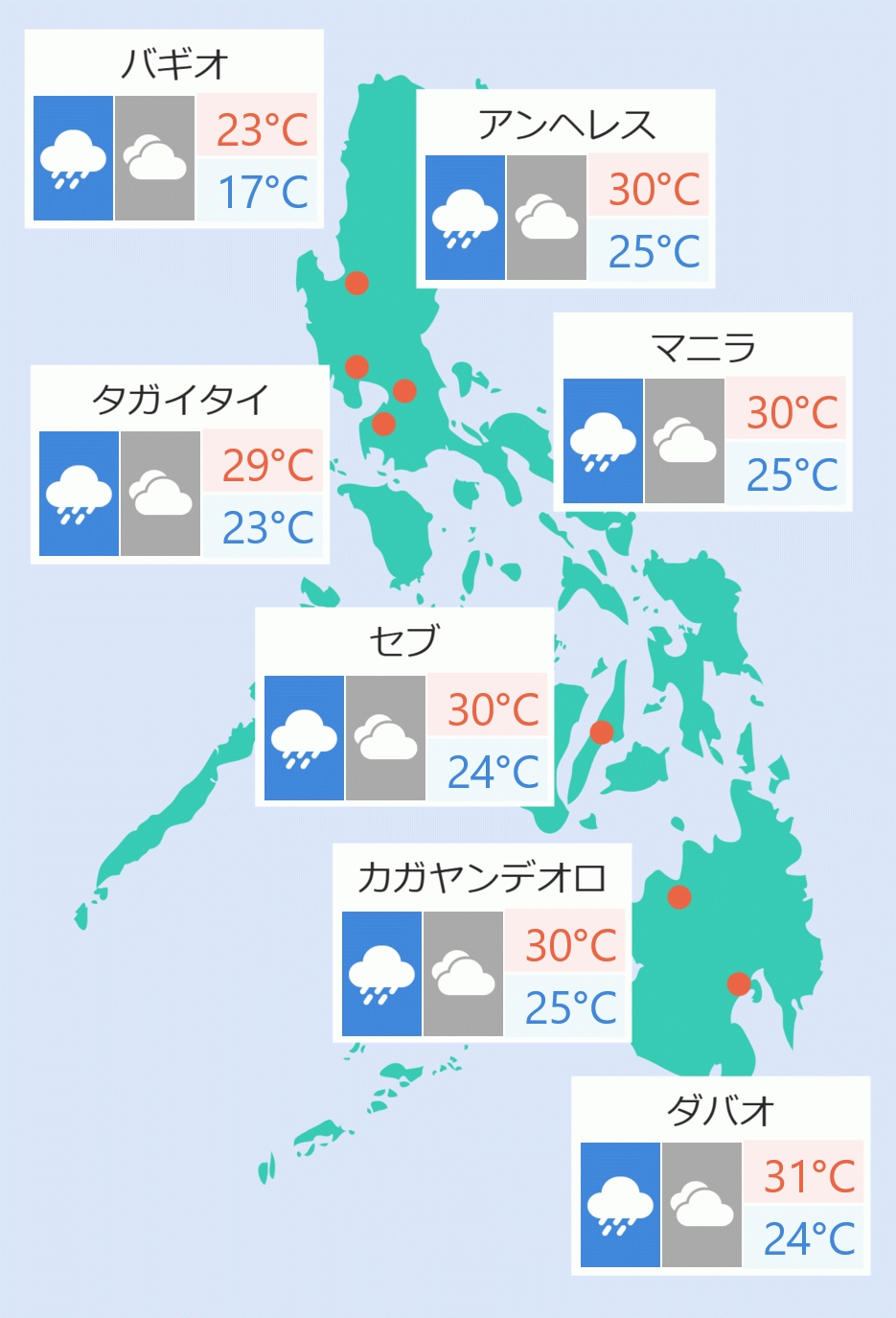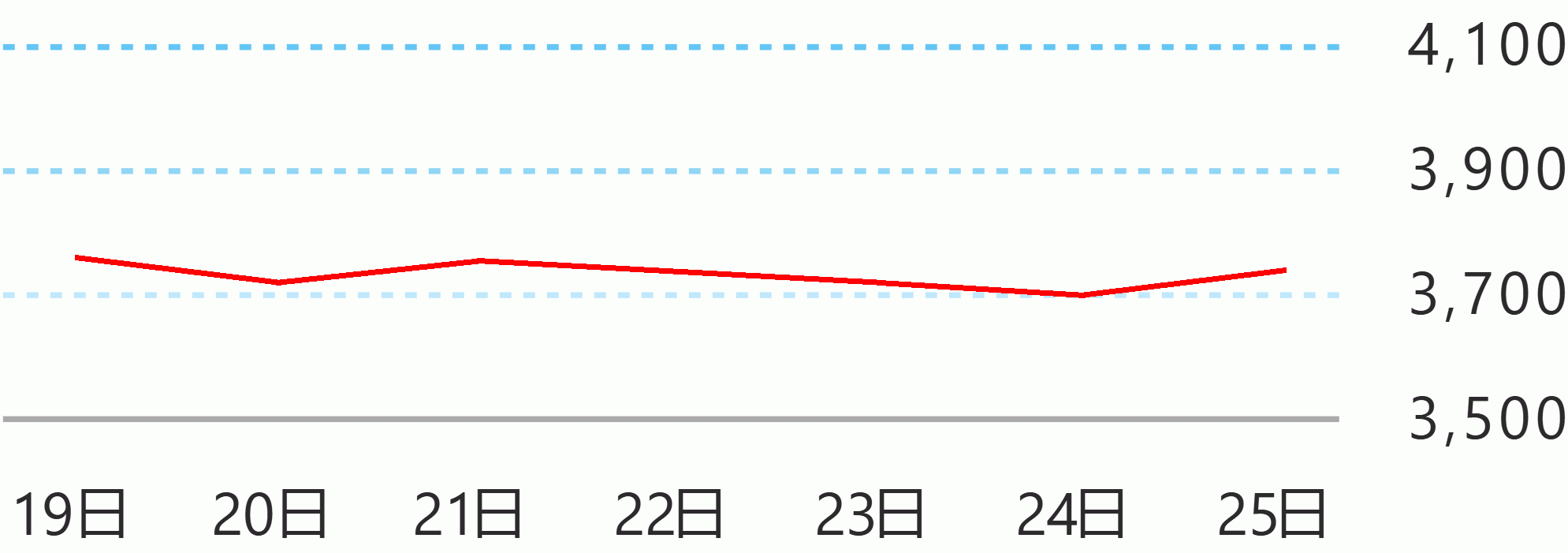Measles cases went up 72 percent from 2022 to 2023 in the World Health Organization (WHO) Western Pacific Region which include the Philippines, an increase caused by gaps in vaccination coverage and disease surveillance and travel of people from countries experiencing outbreaks.
The Western Pacific Region had lower levels of measles infections in 2021 (1080 cases) and 2022 (1422 cases), but in 2023 cases jumped to 5044.
Declines in vaccination coverage in several Western Pacific countries during the COVID-19 pandemic, ongoing measles outbreaks in the Philippines and persistent endemic measles transmission in Malaysia all pose a threat of measles resurgence in the Region in 2024?2025.
Although the Western Pacific did not experience large measles outbreaks on the scale seen in other regions of the world in 2023, 3.6 million children in this Region missed their routine immunizations during 2020?2022.
The resurgence of measles worldwide increases the risk of importation to countries throughout the Western Pacific, including those where measles had previously been eliminated.
Measles is one of the most infectious diseases on earth, spreading easily when an infected person breathes, coughs or sneezes. A single person infected with measles can potentially infect 12 to 18 additional people, and the disease can lead to severe complications and death.
However, it is almost entirely preventable through two doses of measles vaccine. From 2000 to 2022, measles vaccinations prevented 57 million measles deaths worldwide.
“Anytime there’s measles in a community, it is a threat. Even countries that have achieved elimination can’t relax. They have to maintain high coverage of measles vaccination and strong systems for picking up cases that get imported through international travel. Without this, measles transmission can become re-established,” says Saia Ma’u Piukala, WHO Regional Director for the Western Pacific. WHO Regional Office for the Western Pacific





 English
English









